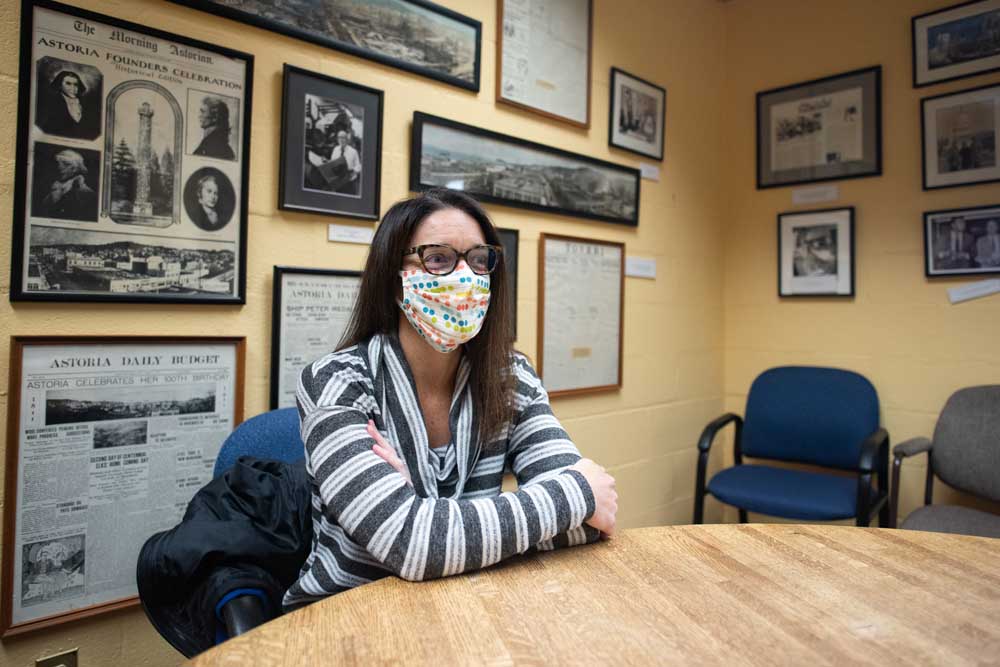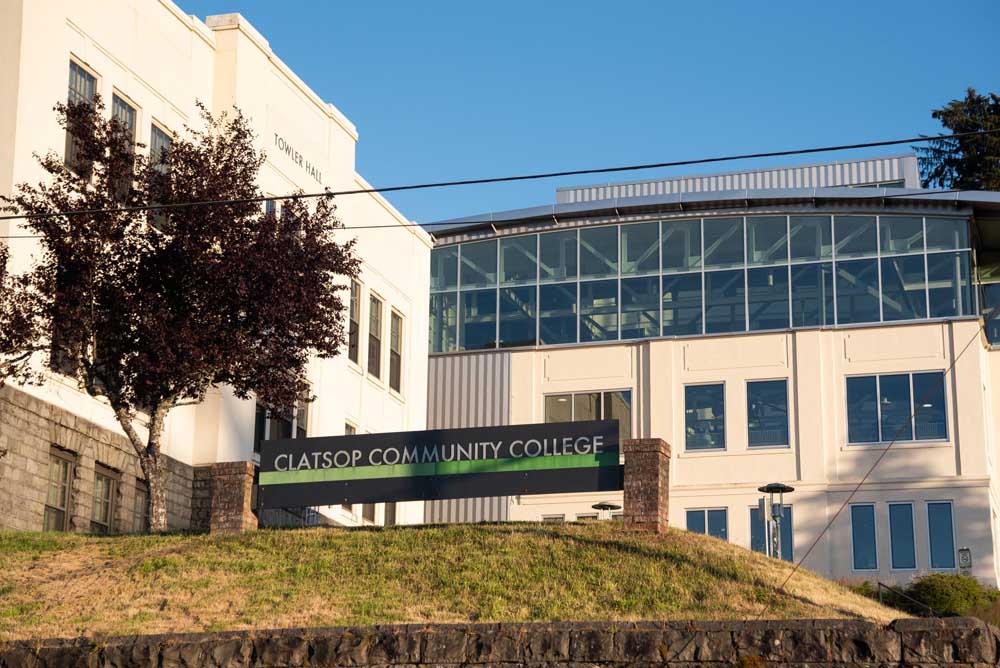Behind the News: ‘It’s important to listen to all the residents’
Published 12:30 am Saturday, October 31, 2020

- Monica Steele is the assistant county manager.
When Clatsop County rolled out the Resiliency Project this summer, the concept was straightforward.
Trending
Move the public works complex on Olney Avenue in Astoria out of the tsunami inundation zone. Establish alternative emergency routes for a natural disaster.
Almost immediately, though, residents in Lewis and Clark — who live near the Warrenton Fiber sort yard targeted for the relocation — reshaped the narrative. Complaining about a lack of transparency, they turned the discussion away from disaster planning and toward the potential impact on the rural character of their neighborhood.
Pressed to respond to the criticism, the county decided not to pursue the northern portion of the Lewis and Clark Mainline — a private logging road residents cherish — as an emergency route.
Trending
But Lewis and Clark residents are still picking apart the details of the project.
“I feel like a lot of people are saying that we aren’t listening to them. And I think that’s really unfortunate, because we’ve already made significant changes to this plan based on listening to people,” Assistant County Manager Monica Steele said.
“But I think it’s important to listen to all the residents of Clatsop County, and that’s what we’re trying to do.”
In an interview, Steele talked about the need for the project, the challenges of communicating to the public and the neighborhood opposition.
Q: What is the urgency behind the Resiliency Project?
A: I wouldn’t say that there is necessarily an urgency to it. It’s not a matter of if, but a matter of when, we have a Cascadia event or any type of natural disaster.
And so that’s the whole point behind resiliency, is just making sure that you have plans and contingencies in place.
For a number of years, back when you look at the strategic plan back in 2012, there were conversations. It was called multiple different things, whether it was a bypass, a truck route, evacuation route. It was discussed back then to have alternate routes.
Back when Cascadia, around 2012, really started to kind of become the ‘it’ conversation, and talk about the inundation zone. It’s obvious that the public works facility is going to be inundated.
And so you have a majority of your equipment that’s going to help the Astoria and South County areas — you’re not going to be able to utilize it because it’s going to be potentially flooded.
So trying to find an alternate location, so that way you don’t have to worry about your equipment.
Obviously, there’s going to be circumstances, that if an event happens, the likelihood that — that day — if it’s a big event — that day — you’re going to be able to get there, because you are going to first have your employees who are trying to make sure that their family is safe and in place, and then being able to get there. And, in some instances, waiting for water to recede.
But making sure that once the water does recede, none of your equipment has been flooded.
Q: What are some of the challenges in communicating the need for the project to the public?
A: Well, right now, the COVID environment. But even without the COVID environment — and I would say that you all probably are experiencing this as well — is how do people get their information?
We try to put things in the newspaper. We do our weekly bulletin that goes out to the radio stations. We have a social media page and we have our website. But not everybody does all of those things, or even any of those things.
And then it’s a combination of, did they read the paper the day that we put something in there? Or did they listen to the radio at the time that the radio station might have said something.
We have a very large geographic area, and trying to reach all of those people. We attempted that with the countywide questionnaire that we sent out. That’s expensive to mail out.
Those are good options when you’re trying to hit just a particular geographic area, like if you’re trying to notify a neighborhood or something like that.
While there is a neighborhood that feels as though they’re the ones being targeted or impacted, this really is a countywide event. So we need to make sure that when we’re sending stuff out, we’re sending it out countywide.
Q: Residents in Lewis and Clark have formed Concerned Friends for Clatsop County to oppose the project. Do you think they have had a disproportionate voice in the process?
A: I do. I feel that there are people in other parts of the county.
I don’t think that their concerns have been unfounded, and I think that we have taken a lot of their concerns under consideration and made adjustments based on that information.
But I don’t think that they should stop the whole project from necessarily moving forward, because there are people down in South County who might feel differently.
Q: Concerned Friends for Clatsop County has suggested the North Coast Business Park as an alternative. Why not relocate there?
A: This has been a regular question and it’s on the FAQs (frequently asked questions) multiple times, but, one, it’s always been the goal — even though we haven’t had much luck — it’s always been the goal to get the North Coast Business Park on the tax rolls.
That’s going to benefit countywide, but it’s also going to benefit the city of Warrenton, the Warrenton school district and then other countywide taxing districts. So that’s our ultimate goal.
County government doesn’t pay taxes, so if we’re utilizing the property there, we’re not getting anything back on the tax roll.
The other thing is the cost to mitigate wetlands is significant. So we are continuing to take a look at it. And if we were able to utilize a portion of it, what would be the potential lost tax revenue if we were to do that, as well as what would the mitigation costs be to do that?
The county does not have a wetland mitigation bank, so we would have to buy mitigation credits, and that has significant expenses related to it.
Q: Do you think the neighborhood opposition foreshadows the political hurdles others will face when trying to move infrastructure out of the tsunami inundation zone?
A: Yeah. I think you’re always going to deal with somebody not wanting it in their backyard.









